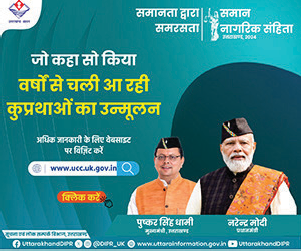New Delhi, July 30: In a major development for digital payments in India, the National Payments Corporation of India (NPCI) has announced new restrictions on UPI services that will come into effect from August 1, 2025. These changes will impact users of popular apps like Google Pay, PhonePe, and Paytm, particularly those who frequently check their bank balances, rely on automatic payments, or repeatedly monitor transaction statuses.
According to the new rules, users will no longer be able to perform unlimited balance inquiries. Each UPI app will allow a maximum of 50 balance checks per day. So, if someone uses more than one UPI app, the limit will apply individually to each app. Similarly, the feature that allows users to view the list of bank accounts linked to their mobile number will now be limited to 25 times per app per day. Once this limit is reached, the function will be temporarily disabled for the rest of the day. NPCI says this is aimed at reducing server load and avoiding excessive backend traffic.
There will also be significant changes to the way autopay and scheduled mandate transactions are handled. Transactions like EMIs, SIPs, and subscription fees will now be processed only once during non-peak hours. If a transaction fails, users will be given only three retry attempts. This is a notable shift from the current system, where failed mandates are automatically retried several times throughout the day.
Another important change involves the process of checking the status of failed transactions. Users will be allowed to check the status of a failed payment only three times per day, with at least 90 seconds between each attempt. This measure is designed to prevent repeated queries that can burden the system.
In a move aimed at enhancing user safety and reducing errors, NPCI has also mandated that UPI apps must display the name of the payment recipient—whether it’s an individual or a business—before a transaction is completed. While this feature already exists on some platforms, it will now be compulsory across all UPI-enabled apps to prevent mistaken or fraudulent transfers.
These changes come as UPI usage continues to soar, with over 13 billion transactions being processed each month. The NPCI has stated that the new guidelines are part of an effort to manage this massive volume, reduce unnecessary API requests, and ensure a more stable and reliable user experience.
Users are not required to take any action to implement these changes. The rules will be automatically enforced through app updates. While occasional users may not notice a significant difference, regular and high-frequency users are likely to experience the effects of the new limits more prominently.
With these measures, the NPCI is taking a major step towards streamlining UPI operations and maintaining the system's integrity amid its explosive growth.




 Previous
Article
Previous
Article












